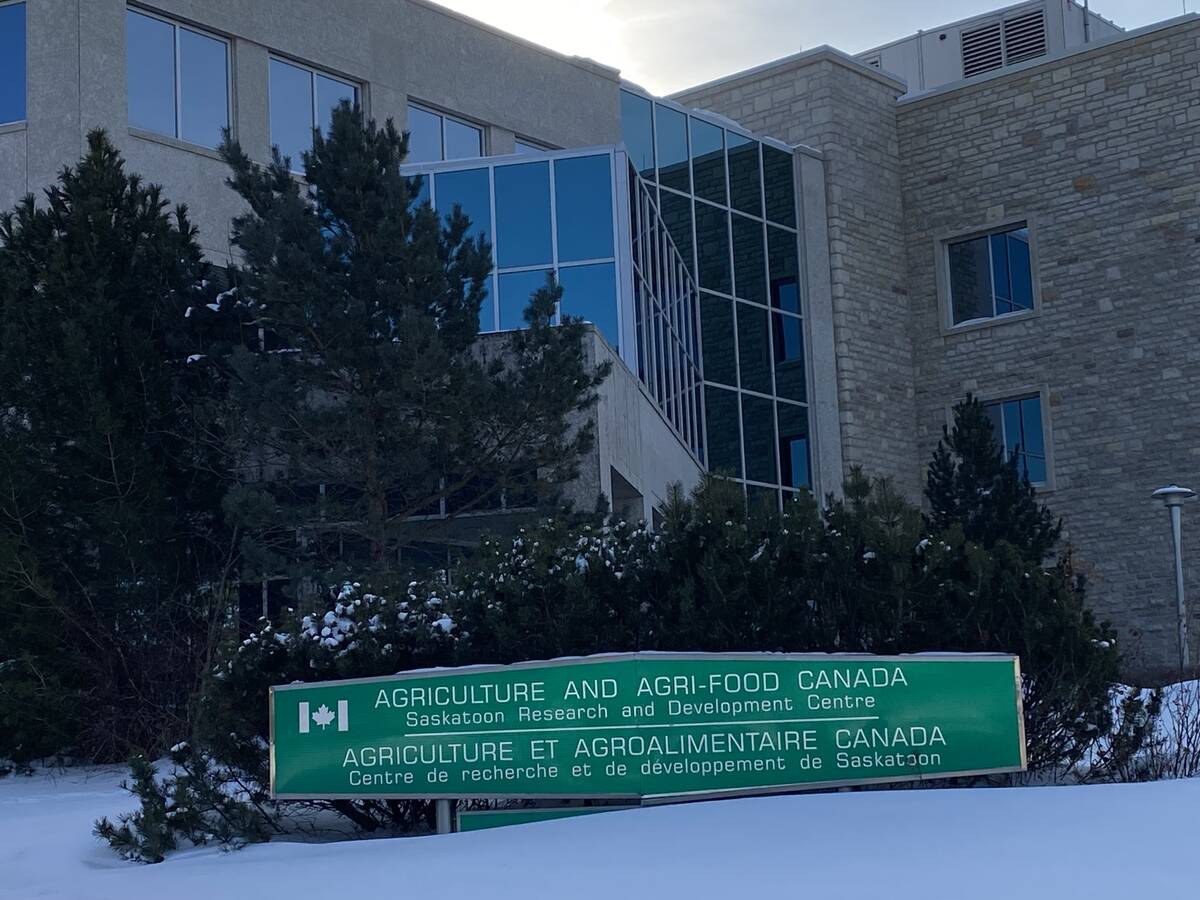It’s stunning to think about, but the Canadian hog industry is seriously considering writing off the U.S. market for both meat and pigs.
The nation to the south – the one that unlawfully rebelled in 1776 and treated our ancestors so badly that they had to move way up north – has been our biggest and best market for pork and pigs. And much of our industry has engineered itself to be a feeder industry for the bigger American industry. The Red River valley’s weanling industry is really just an offshoot of the Iowa feeder barn industry.
Read Also

Don’t undermine the backbone of agriculture
Agriculture Canada and the dedicated public servants who work every day to support Canadian agriculture are a crucial pillar of the sector and they need support — not austerity.
But after repeated harassments from the Americans, and the present Country of Origin Labeling catastrophe, the industry nationwide is planning for a future in which little meat and few pigs ever flow south – and industry leaders sound like they mean it.
Yesterday at the University of Manitoba’s National Centre for Livestock and the Environment, federal agriculture minister Gerry Ritz announced loans for producers who want to keep producing pigs, and money for those who want to get out of the loss-making racket.
It was a sombre mood for the politicians and industry leaders – I was there for it – but Canadian Pork Council chair Jurgen Preugschas of Alberta was already looking forward to a sustainable future – one that doesn’t include the U.S. as much of a market.
Part of the solution will come from increasing Canadian consumption of Canadian pork, he said. Part will come from cutting Canadian consumption of American pork. Part will come from expanded overseas markets. And part will come from shrinking the industry.
He seemed to have no doubts that the Canadian industry could wean itself from the cursed American market.
Southern Manitoba farmers, dozens of whom were in the feed mill for the announcement, seemed less sure. A couple ruminated to me about the possibility of easing the COOL restrictions or repealing them eventually. For many of these producers in southern Manitoba, their entire operation is based on Iowa, so getting used to the idea of keeping that door shut isn’t easy. But other Manitoba producers, and one from Alberta, told me they didn’t think there would be a big problem readjusting the Canadian industry to face other markets. The world loves Canadian pork and perhaps we just have to push ourselves a bit harder to find markets a little less convenient than the U.S., they thought.
The hog crisis is a tragedy in the Red River valley, where some of the world’s best managed sow barns are operated by some of the most progressive farmers on the planet. They are seeing their life savings, their families’ means of support – and their sense of self-worth – evaporating with every day of $30 per pig losses. And many of them will be knocked out of the industry by this crisis. They are facing far more severe problems than producers anywhere else in the country.
But they are probably the producers most likely to survive a catastrophe. These are mostly Mennonite and Hutterite operations, and those two peoples have learned from centuries of having to hack their economic futures out of a hard and cold present how to make flowers bloom in concrete. A lot are feeling on-the-ropes right now, like they’ve wasted their lives achieving nothing, but if history is any guide, they’ll find some way to get up, push aside the wreckage and start afresh.
They may not be able to contemplate writing off the U.S. market the way producers further afield are doing, but with time they might and might come to see this time – if they survive it – as the beginning of a more secure future that is less reliant on a southern market that is often more foe than friend.
For right now the only concern for most is survival for another year, and the announcement Saturday – while less than many had hoped for – at least offered hope that a year from now many might still be in business, if not out of trouble.















